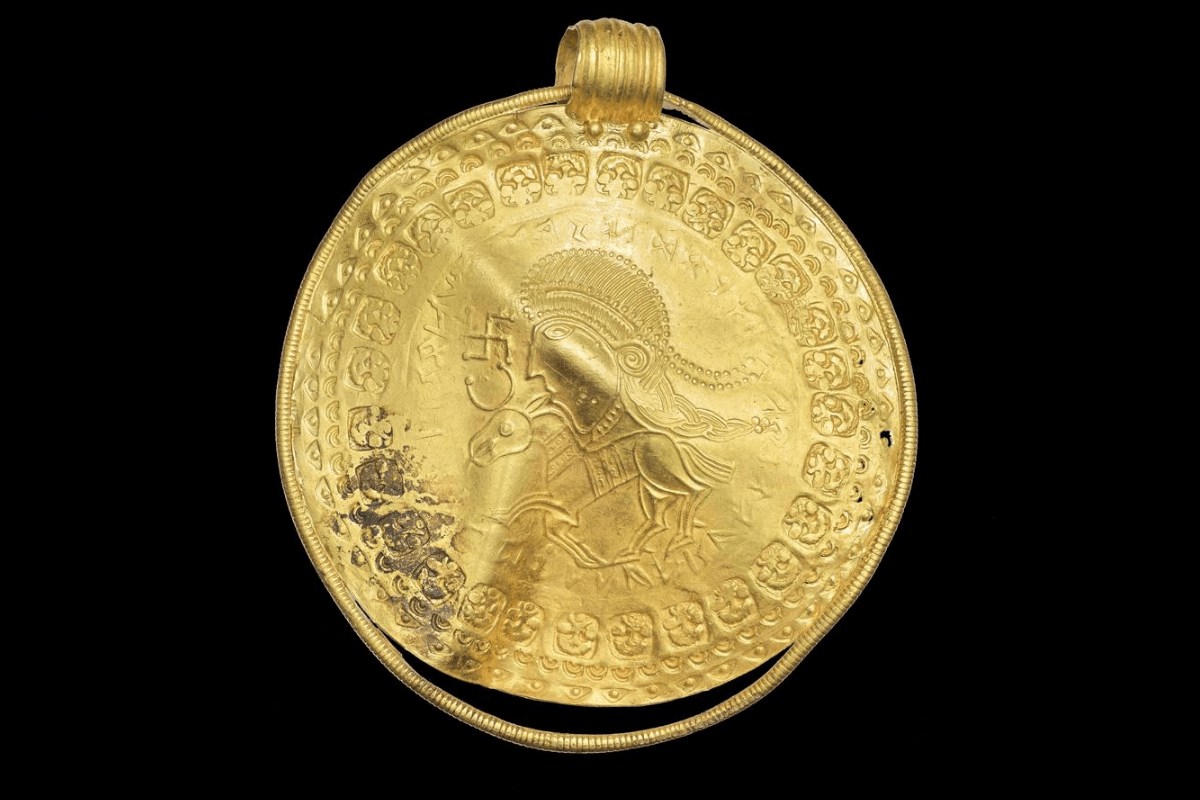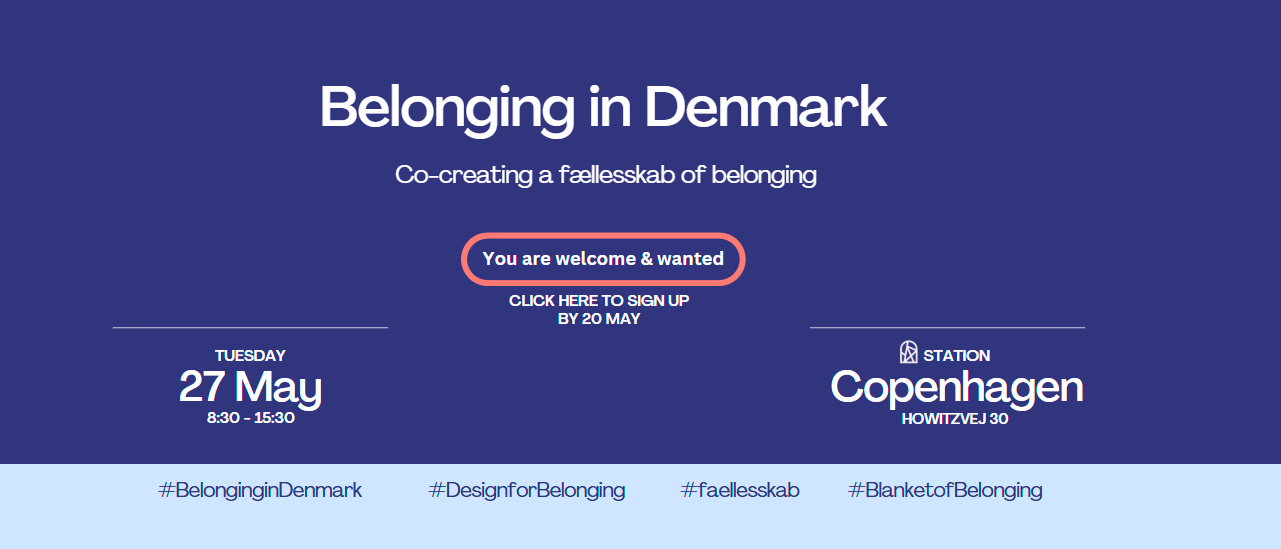Runes on an ancient golden ornamental plate are now the first known mention of Odin, the king of the Norse Gods – so 150 years earlier than previously thought.
The golden ‘bracteate’ is part of a huge archeological haul uncovered two years ago by amateurs Jørgen Antonsen and Ole Schytz.
Known as the ‘Vindelev Hoard’, the collection includes 22 golden items that date to pre-Viking times.
This all means that the existence of the Norse gods can now be traced back to the 5th Century AD.
Odin’s husband?
The runes, engraved in a circle around the head of a man who appears to be a king or nobleman, say: “He is Odin’s husband”. Researchers have transliterated the man’s name as ‘Jaga’ or ‘Jagaz’.
Before we jump to conclusions about pre-Viking societies being all progressive, it is important to remember that the meaning of the engraving is most likely cryptic.
“This rune inscription has been the most difficult to interpret in my 20 years as a runologist at the National Museum,” said Lisbeth Imer.
“It may become a key to understanding other prehistoric rune inscriptions that we have not been able to read so far.”
Once-in-a-generation discovery
This is a discovery that comes along once every 50 years, according to linguist Krister Vasshus.
There are three other symbols near the head of the man: a horse, what appears to be a bracelet or a horseshoe, and a swastika.
In Norse mythology, the swastika was often associated with Odin or Thor.















